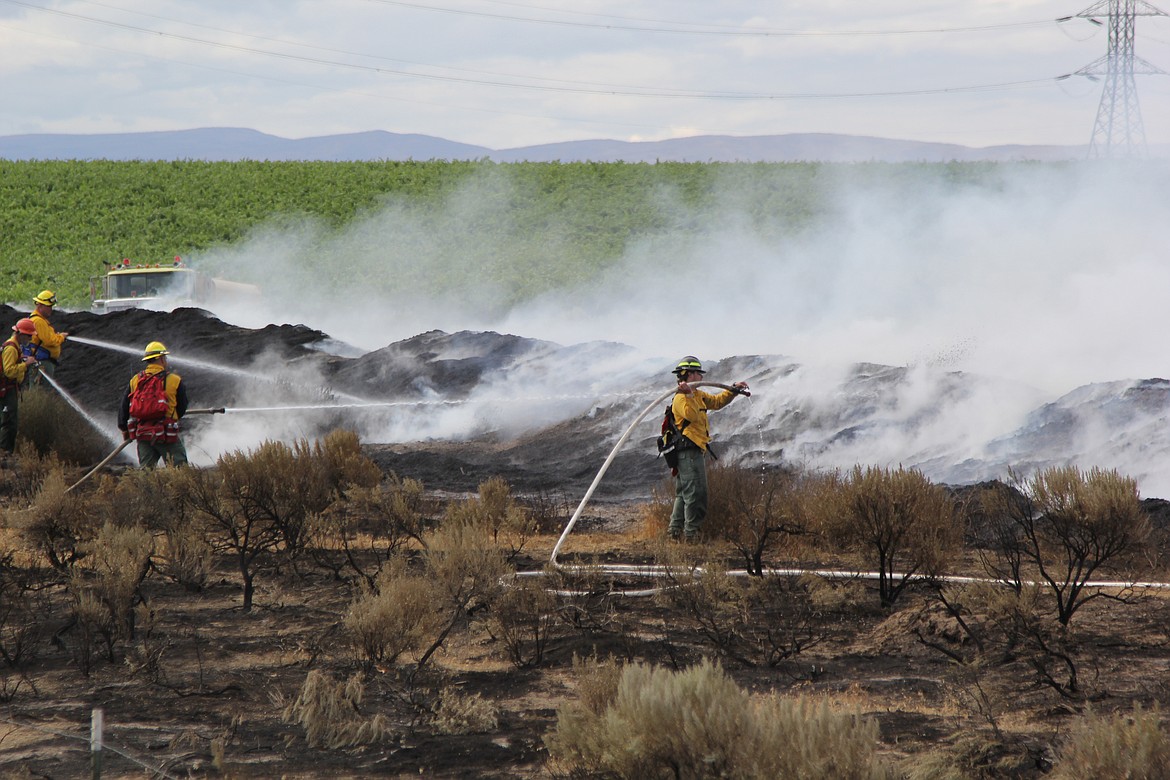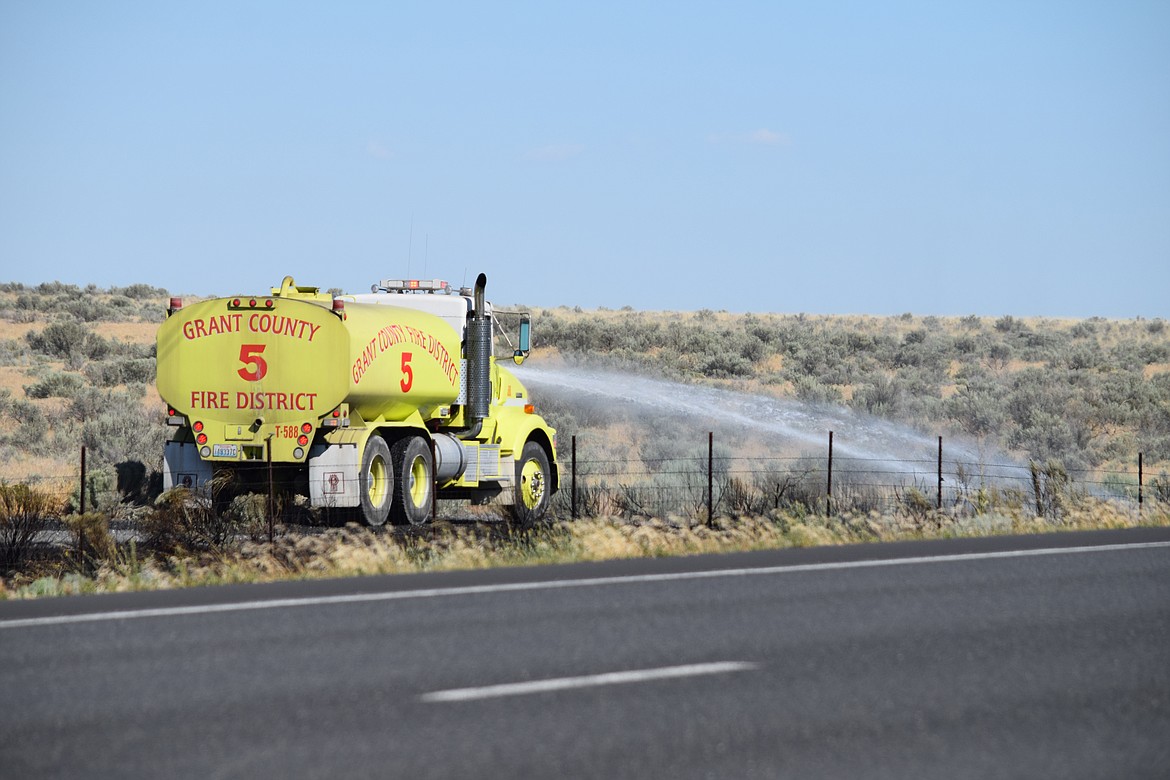Fire season is here, are we ready?
WASHINGTON - With how devastating the 2021 fire season was, particularly in the Pacific Northwest, it is important for residents to know what to expect this year, prevention measures and how to be prepared.
Become a Subscriber!
You have read all of your free articles this month. Select a plan below to start your subscription today.
Already a subscriber? Login






